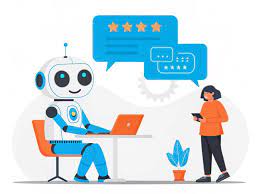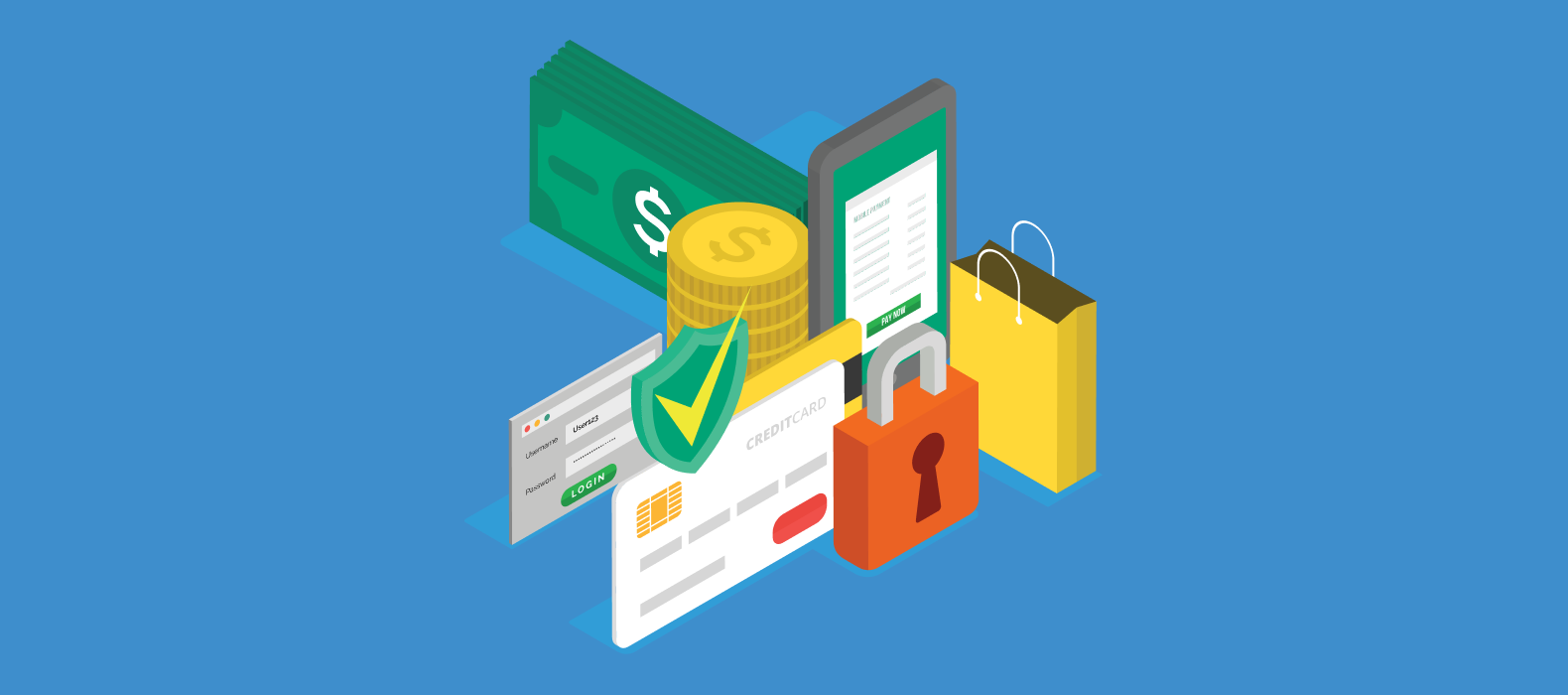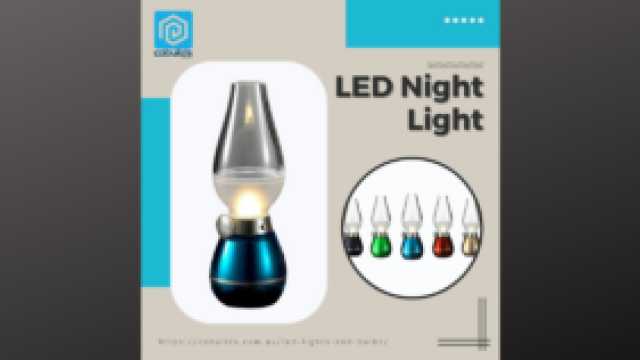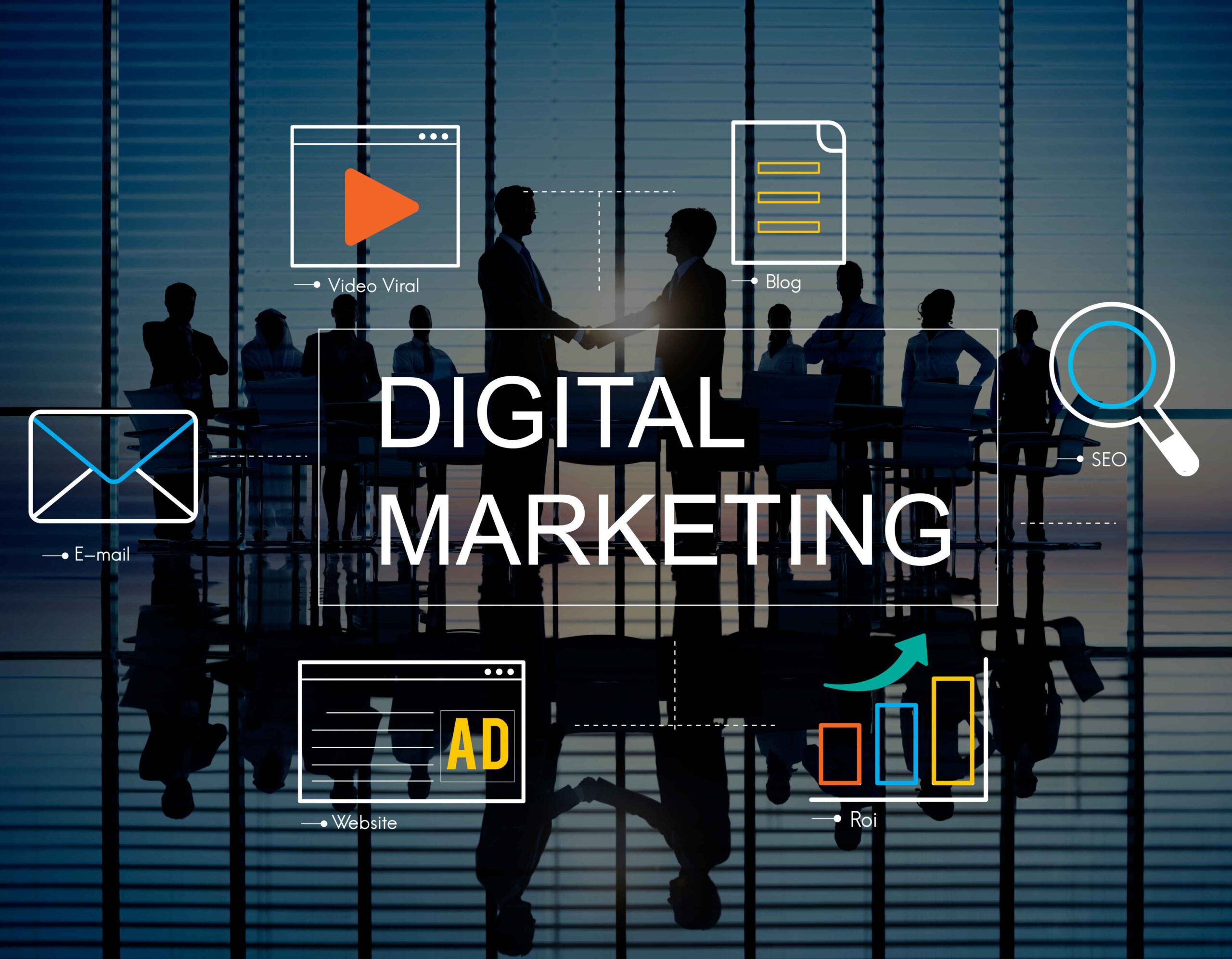Artificial intelligence (AI) is a modern engine that is revolutionizing how companies function, interact, and expand. It is no longer a sci-fi idea. AI chatbots, which have progressed from simple question-answering bots to sophisticated digital assistants that can hold conversations like those of humans, are among the most significant AI advancements of our time.
As we step further into 2025, AI chatbot development is reaching new heights, offering advanced capabilities that are revolutionizing customer experiences and enterprise efficiency. Whether you’re a startup founder, product leader, or enterprise strategist, understanding the most powerful chatbot features can help you build smarter, more effective conversational systems.
Here are the top 7 AI chatbot features leading the way in 2025—and why they matter more than ever.
1. Multimodal Interaction Capabilities
The days of chatbots just responding to text messages are long gone. Multimodal chatbots, which can process and react to text, audio, photos, documents, and even video, will be the most sophisticated by 2025.
Why It’s Game-Changing:
- Users can speak, type, or share files—making conversations seamless and intuitive.
- Businesses can enable document scanning, product image recognition, or audio input.
- Multimodal chatbots improve accessibility, especially for users with disabilities.
Example: A healthcare chatbot that reads and explains lab reports, listens to voice symptoms, and guides patients visually through medication steps—all in one interaction.
Innovation Driver:
This feature is powered by the convergence of natural language processing (NLP), computer vision, and speech recognition—key components in cutting-edge AI chatbot development.
2. Contextual Memory and Long-Term Conversation Tracking
The capacity of AI chatbots to recall previous exchanges and add context to subsequent discussions is one of the biggest advancements in this technology. This feature makes conversing with an informed assistant feel more natural than conversing with a bot.
Why It Matters:
- Users don’t have to repeat themselves in every session.
- Chatbots can pick up where conversations left off, enhancing continuity.
- Personalized replies are generated based on past behavior, preferences, and data.
Example: A financial services chatbot that remembers your investment style and suggests portfolio changes based on previous conversations.
Innovation Driver:
This is made possible by context-aware LLMs (like GPT-4 and beyond) and persistent data models integrated with CRM or customer databases.
3. Emotion Recognition and Sentiment Analysis
2025 chatbots are no longer robotic. Thanks to emotion detection and sentiment analysis, they can identify the mood of a user and respond with empathy or urgency.
Real-World Benefits:
- Enhanced customer experience during sensitive conversations (e.g., billing issues, medical concerns).
- Proactive escalate to human agents when frustration or distress is detected.
- Dynamic tone adjustment—more empathetic during complaints, more enthusiastic during purchases.
Example: A telecom chatbot detects user anger over a service outage and fast-tracks them to a priority resolution queue.
Innovation Driver:
This feature leverages AI-driven sentiment engines, trained on vast emotional datasets to improve real-time interaction quality.
4. Hyper-Personalization Using Real-Time Data
The top AI chatbots of 2025 provide highly customized experiences by instantly gleaning insights from multiple data sources. As a result, every encounter is specifically customized for the user.
What It Looks Like:
- Custom product suggestions based on recent browsing behavior.
- Dynamic offers and messages are triggered by user actions or intent.
- Real-time personalization of tone, language, and content style.
Example: A fashion e-commerce chatbot suggesting outfits based on weather data, user location, and purchase history.
Innovation Driver:
This feature relies on AI chatbot development platforms that integrate with real-time APIs, CRMs, and predictive analytics engines to tailor every response.
5. Autonomous Task Execution and Workflow Automation
AI chatbots are no longer just communicators—they’re doers. In 2025, leading chatbots can execute tasks on behalf of users, turning conversations into actions.
Key Use Cases:
- Booking flights, scheduling appointments, or placing product orders.
- Approving invoices, submitting leave requests, or triggering workflows in internal systems.
- Updating CRMs, calendars, or databases based on chatbot conversations.
Example: An HR chatbot that collects employee feedback, processes time-off requests, and updates the HRMS—without human involvement.
Innovation Driver:
This functionality is enabled by RPA (robotic process automation) integrated with AI chatbot interfaces, allowing bots to trigger multi-step workflows autonomously.
6. Secure and Compliant AI Interactions
As chatbot usage expands into sensitive industries like finance, healthcare, and legal, data privacy and compliance have become critical. In 2025, enterprise-grade chatbots will include built-in security and compliance features.
Key Capabilities:
- Data encryption for secure communication.
- Role-based access control and multi-factor authentication.
- Compliance with GDPR, HIPAA, CCPA, and emerging U.S. AI regulations.
Example: A health insurance chatbot that authenticates users before sharing claims data and logs all interactions for regulatory audits.
Innovation Driver:
Modern chatbot platforms now embed secure API layers, audit trails, and privacy-first design principles as part of their AI chatbot development strategy.
7. Seamless Omnichannel Integration
Consumers today interact with brands across multiple platforms—web, mobile apps, SMS, social media, and messaging apps. AI chatbots in 2025 offer seamless omnichannel experiences, maintaining context and continuity across platforms.
Key Features:
- Unified chatbot presence across WhatsApp, Messenger, Slack, websites, and mobile apps.
- Centralized conversation logs are accessible from any channel.
- Consistent branding, tone, and performance regardless of where users engage.
Example: A retail chatbot that starts a product query on Instagram and completes the purchase process via SMS without losing context.
Innovation Driver:
Advanced chatbot orchestration tools and cloud-native platforms allow businesses to create unified, scalable, and channel-agnostic chatbot ecosystems.
Why These Features Matter in 2025
The modern consumer expects:
- Instant support
- Personalized experiences
- Effortless interaction across platforms
- Security and transparency
To meet these expectations, businesses need more than a basic bot. They need intelligent, human-like, task-capable assistants—enabled by innovative AI chatbot development that combines NLP, machine learning, automation, and design thinking.
Industries Adopting These Features in the U.S.
These features are not theoretical—they’re being actively implemented across major American industries:
- Healthcare: Patient onboarding, symptom triage, and insurance verification.
- Retail: Personal shopping assistants and post-purchase engagement.
- Banking: Conversational banking, fraud alerts, and wealth management tips.
- Education: Course recommendations, enrollment guidance, and virtual tutoring.
- Hospitality: Booking management, guest support, and concierge services.
With these intelligent chatbots, U.S. businesses are reshaping customer expectations, driving operational efficiency, and staying ahead in a hyper-competitive market.
Final Thoughts
AI chatbots are now strategic assets rather than optional. Businesses that implement the newest AI chatbot capabilities by 2025 will increase revenue, improve processes, and provide better customer experiences.
These seven characteristics, which range from automation and compliance to multimodal interaction and context memory, set the new benchmark for AI chatbot development. These features have to be at the top of your list if your company intends to develop or enhance its chatbot strategy.




